Creativity has been earmarked as one of the most crucial 21st Century skills to teach students. It allows our students to be able to produce innovative ideas and valuable solutions, especially as our modern society grapples to solve complex, fast-paced problems. Think about your own classroom teaching. How do you encourage creative, curious and challenging thinking?
Creative Thinking: Definition and Structure.
In response to the lack of both an agreement on a definition of creative thinking, and a universally adopted framework to guide its teaching and assessment, the Australian Council for Educational Research (ACER) has reviewed the literature on creative thinking and developed a definition and a framework that encapsulates existing theory and research on the topic.
Fostering Creative Ecologies in Australasian Secondary Schools.
Researchers involved in this study published in The Australian Journal of Teacher Education compared how creativity is embedded in secondary schools in Australia and Singapore. They found which teacher behaviours, teaching environments and school leadership approaches can impact (either positively or negatively) on the fostering of creative, critical and innovative thinking.
Fostering students’ creativity and critical thinking: What it means in school.
This publication from the OECD aims to assist educators in understanding how to develop creativity and critical thinking in a classroom setting by providing practical tips. In this research, the OECD worked with networks of schools and teachers from different countries across the world on developing resources which illustrate the teaching and learning of creativity and critical thinking in primary and secondary schools. The authors also explore what the key elements of creativity and critical thinking are and how school leaders can support teachers’ professional learning.
Creative, curious and challenging thinking
In this reader submission for Teacher magazine, Dr John Langrehr discusses how teachers can develop student mindsets for ‘3C thinking’ and shares examples of questions and statements you can use in the classroom.
The Cunningham Library membership is open to individuals, schools and organisations. Membership includes access to a comprehensive collection of education research literature; weekday alerts to a selection of Australian education news; fast supply of articles and books from the collection; support in finding research; and an integrated online search tool that works across all of their resources.
